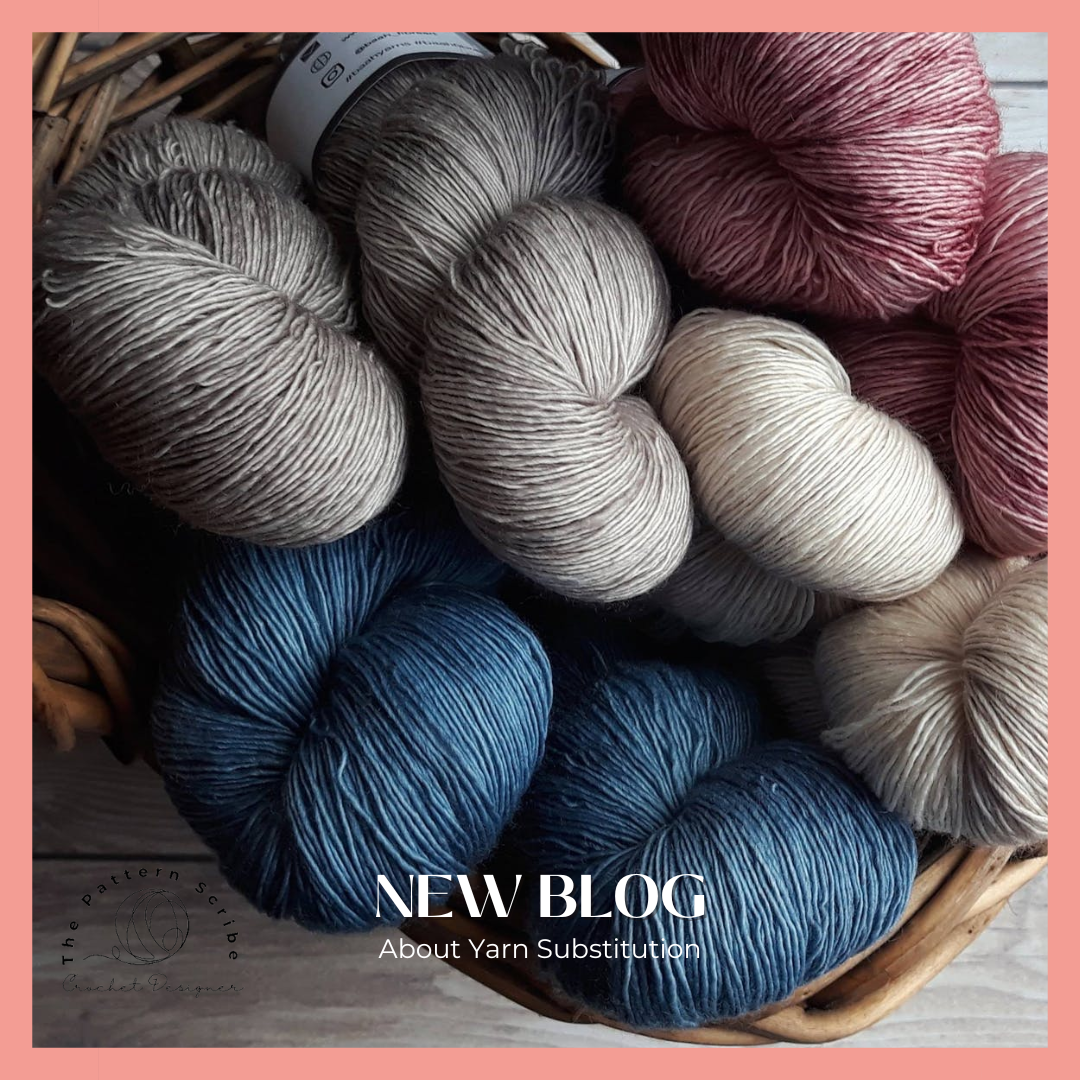Mastering Yarn Substitution - The 'How To Switch' Guide
Swapping yarn can be intimidating for knitters and crocheters, but it is also an opportunity to put your creative hands to work. Learn the fundamentals of yarn substitution to be able to make decisions and have confidence that your project will look great. Read on for my guide to understanding yarn substitution.
Basic Guidelines for Yarn Substitutions
1. Never Skip the Same Width and Gauge Match: The most important factor to be considered regarding yarn substitution is the same weight of new yarn with the proper gauge. They are categorized mostly into Lace, Fingering, Sport-weight yarns DK (Double Knitting), Worsted and Aran & Bulky. Use the recommended gauge (stitches per inch) as a guide and try to get it with your substitute yarn.
2. The Type of Fiber Matters: Different fibres have differing properties as sewn items. Wool (elastic, warm), Cotton (breathable, inelastic), silk(sheen), Acrylic (durable & easy to care). Perhaps matching the fibre content can achieve a look and feel that would be virtually identical.
3. Yardage Matters: The yardages between the substitute and original yarn differ. Yardage: Check to make sure you have enough! Work out the total yardage required, then compare it to how much your substitute should give you.
4. Drape and Texture: the yarn drapes, or hangs; which affects how the finished project will hang/move. Bamboo/silk drapes well but wool is more structured. Different textures: the shiny finish of mercerised cotton as opposed to mohair fuzziness will also affect how it looks in the end.
These are the Yarn Substitutions tools and resources:
1. Yarn Weight Charts: Organise yarns by weight so you can find something of the same kind. Sites like the Craft Yarn Council have complete charts.
2. Online Yarn Substitution Tools and Databases: Websites as such as Yarn Sub which gives plenty of details about the type of characters you can use to find out an appropriate substitute yarn that has a similar weight) fibre
3. Books or Guides on Yarn Properties: Some books give information on yarn properties and substitution tips, like "The Knitter's Book of Yarn" by Clara Parkes.
Effects of Substituting One Yarn with Another. When you need to solve the mystery of which yarn can be used as a substitution for your current project, it's recommended that you take some time and do this correctly - by swatching.
1. Feel and Texture: Changing yarn can change the feel or texture of what you are making. For instance, a lace shawl made with cotton will drape differently than one knit in wool. It is critical to make a swatch to see how your new yarn performs.
2. Resistance to Damage or Staining: Fiber content will also determine if the rug is durable and how difficult it might be to keep clean. A 100% wool item will felt if washed, but a superwash wool or acrylic project would end up more durable and easier to take care of. Think about what the project will be used for, and pick a similar yarn that can suit those needs.
3. The size and fit of the finished project: (Project Size & Fit) Calculate what your final item will look like. It is always recommended to check your gauge against the pattern and adjust accordingly. Make sure to make a gauge swatch before beginning the project.
Yarn Substitution Techniques advanced
1. Using Multiple Yarns: Combine different yarns to get a special effect. Combining different textures or colours of yarn can make your stitches far more exciting. Some examples would be using a smooth yarn with mohair to make your fabric fuzzy - and vice versa.
2. Combine Other Yarns: Combine other fibres so that multiple yarns combine (this will give you a different look) Different textural and colour yarns can give your blanket depth and interest. For instance, a flat yarn worked alongside with mohair can be different in both look and texture.
3. Holding Yarns Double or Triple: You can double up two (or even three) strands of a thinner yarn to get the right thickness. This technique opens endless colour and texture possibilities, as well as helping you get the gauge of a heavier yarn.
Conclusion
Substitute yarn is both a science and an art. By getting your head around the basic principles, using what's available to you and weighing up how it will affect the final Real Version of whatever project you're making, I think yarn selection is a creative process! So whether you are looking to replicate texture, boost strength and durability or finally put those leftover stash yarn skeins of yours into good use, these helpful pointers will assist you as a central part of the process.
Always love, happy knitting and crocheting.
For details of crochet patterns written by The Pattern Scribe, click here.



Comments ()